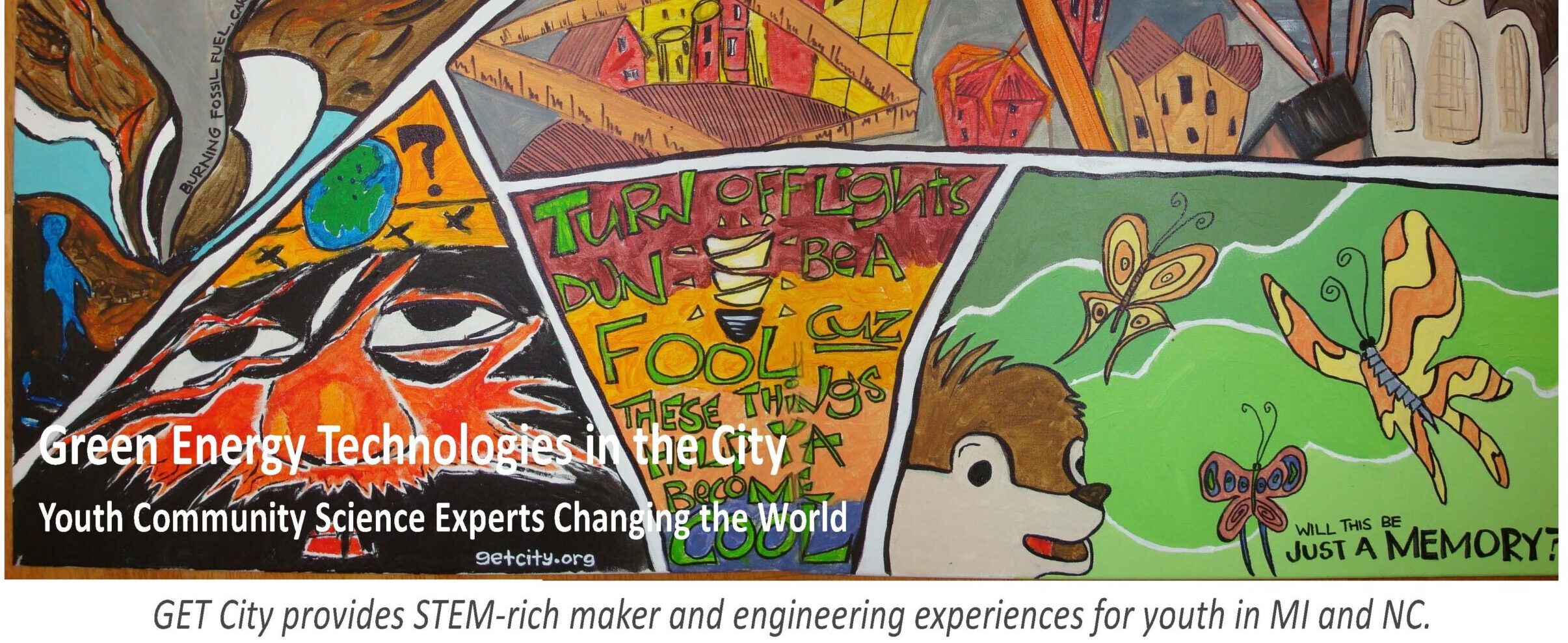Warming Transit
Keke and Amara, daughters of a bus driver, aimed to improve the comfort of bus commuters during cold weather. Amara’s maker work, rooted in local knowledge, sought real-world impacts, while Keke found her STEM expertise through practical making.
Their study explored challenges in bus transportation, focusing on cold and uncomfortable experiences at bus stops. Actively engaging with community members, conducting interviews, and documenting findings disrupted power dynamics. They critically examined systemic racism in public transportation, addressing racialized challenges faced by youth like Amara and Keke during commutes.
The project redesigned public transportation to enhance winter rider comfort, addressing issues like cold bus stops and disparities in Black neighborhoods. It provided practical solutions while raising awareness of antiBlackness in knowledge systems and making.


Bus stops are cold. Some of them have shelters, some don’t. The ones that don’t have shelters are colder than the ones that do. Sometimes the shelters are colder too, because they don’t have doors on them. We have had to stand at bus stops many times before, to ride our mom’s bus. In the wintertime, it is always freezing.
—–Keke and Amara
Amara—-drawing insights from her mother’s experiences, focused on on-bus riding experiences, designing a solar-powered heated seat cushion for comfort during long commutes. She learned to use a sewing machine, crafting a fabric-covered cushion with a heater circuit for individual temperature adjustment.
Keke addressed waiting-in-the-cold situations, creating a pedal generator-powered radiant heating system for bus stop shelters. Her detailed description showcased STEM expertise, challenging stereotypes. The project served a dual purpose—benefiting the community and providing Keke a platform to assert her STEM identity. Facing challenges in constructing the circuit, Keke demonstrated critical thinking, adapting information from a YouTube tutorial. Framing and hanging her circuit diagram reflected a newfound identity as a “science person,” challenging stereotypes about STEM interest and excellence.
